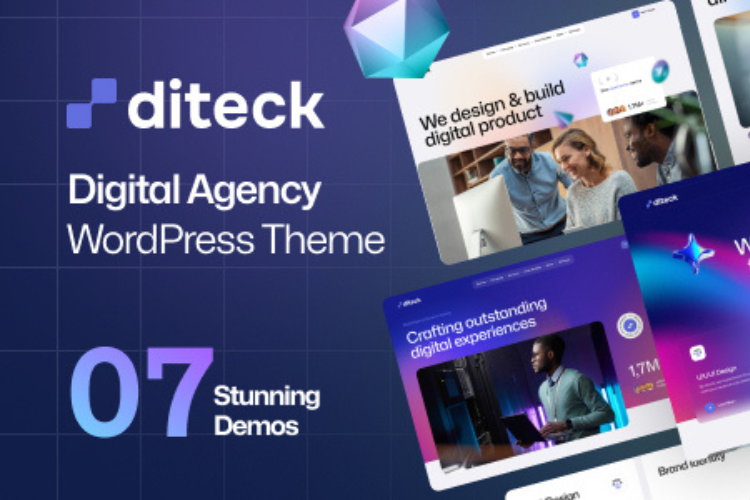5 Proven Ways to Build a Scalable SaaS Platform
$ 30
A scalable SaaS platform requires a strategic blend of cloud-native architecture, strong database design, API-first development, security, and performance optimization. By implementing these five proven methods, businesses can ensure their SaaS solution grows seamlessly, delivers superior performance, and remains competitive in a dynamic market.
Building a Software-as-a-Service (SaaS) platform that can handle growth, evolving customer needs, and ever-increasing data demands requires more than just a great idea. Scalability ensures your product remains efficient, reliable, and cost-effective as user bases expand. This ebook highlights five proven strategies to build a robust and scalable SaaS platform designed for long-term success.
Chapter 1: Adopt a Cloud-Native Architecture
A cloud-native approach allows SaaS applications to leverage the elasticity and efficiency of cloud services.
-
Microservices: Break down your application into smaller, independent services for easier scaling.
-
Containerization (Docker, Kubernetes): Ensure portability and rapid deployment across environments.
-
Auto-Scaling: Use cloud providers’ auto-scaling features to handle spikes in traffic without manual intervention.
Key Benefit: High availability and seamless performance under varying workloads.
Chapter 2: Prioritize a Robust Database Strategy
Data is the backbone of every SaaS platform, and a poorly designed database can limit scalability.
-
Horizontal vs. Vertical Scaling: Choose based on expected workload and growth patterns.
-
Database Sharding & Partitioning: Distribute data across servers to reduce bottlenecks.
-
Caching Solutions: Use Redis or Memcached to minimize database load and improve response times.
Key Benefit: Consistent performance even as data volumes grow exponentially.
Chapter 3: Implement API-First Development
An API-first model ensures your SaaS can integrate easily with third-party tools and expand functionality without major reworks.
-
RESTful & GraphQL APIs: Build flexible and efficient APIs for modern SaaS ecosystems.
-
Versioning: Maintain backward compatibility as you enhance features.
-
API Gateway: Manage traffic, security, and analytics effectively.
Key Benefit: Enhances extensibility and makes your platform future-ready.
Chapter 4: Invest in Security and Compliance from Day One
Scaling without security leads to vulnerabilities and compliance risks.
-
End-to-End Encryption: Protect user data in transit and at rest.
-
Compliance Standards: Follow frameworks like SOC 2, ISO 27001, and GDPR for trust and market access.
-
Regular Security Audits: Detect and fix vulnerabilities early to avoid costly breaches.
Key Benefit: Builds customer trust while ensuring regulatory compliance as your platform grows.
Chapter 5: Optimize for Performance and Cost Efficiency
Scalability is not only about growth; it’s about optimizing resources and costs.
-
Load Balancing: Distribute traffic to prevent server overload.
-
CDN Integration: Reduce latency and improve user experience globally.
-
Monitoring & Observability: Use tools like Prometheus, Grafana, or Datadog to track system health and performance metrics.
Key Benefit: Delivers consistent user experience while controlling operational expenses.
Conclusion
A scalable SaaS platform requires a strategic blend of cloud-native architecture, strong database design, API-first development, security, and performance optimization. By implementing these five proven methods, businesses can ensure their SaaS solution grows seamlessly, delivers superior performance, and remains competitive in a dynamic market.








Reviews
There are no reviews yet.